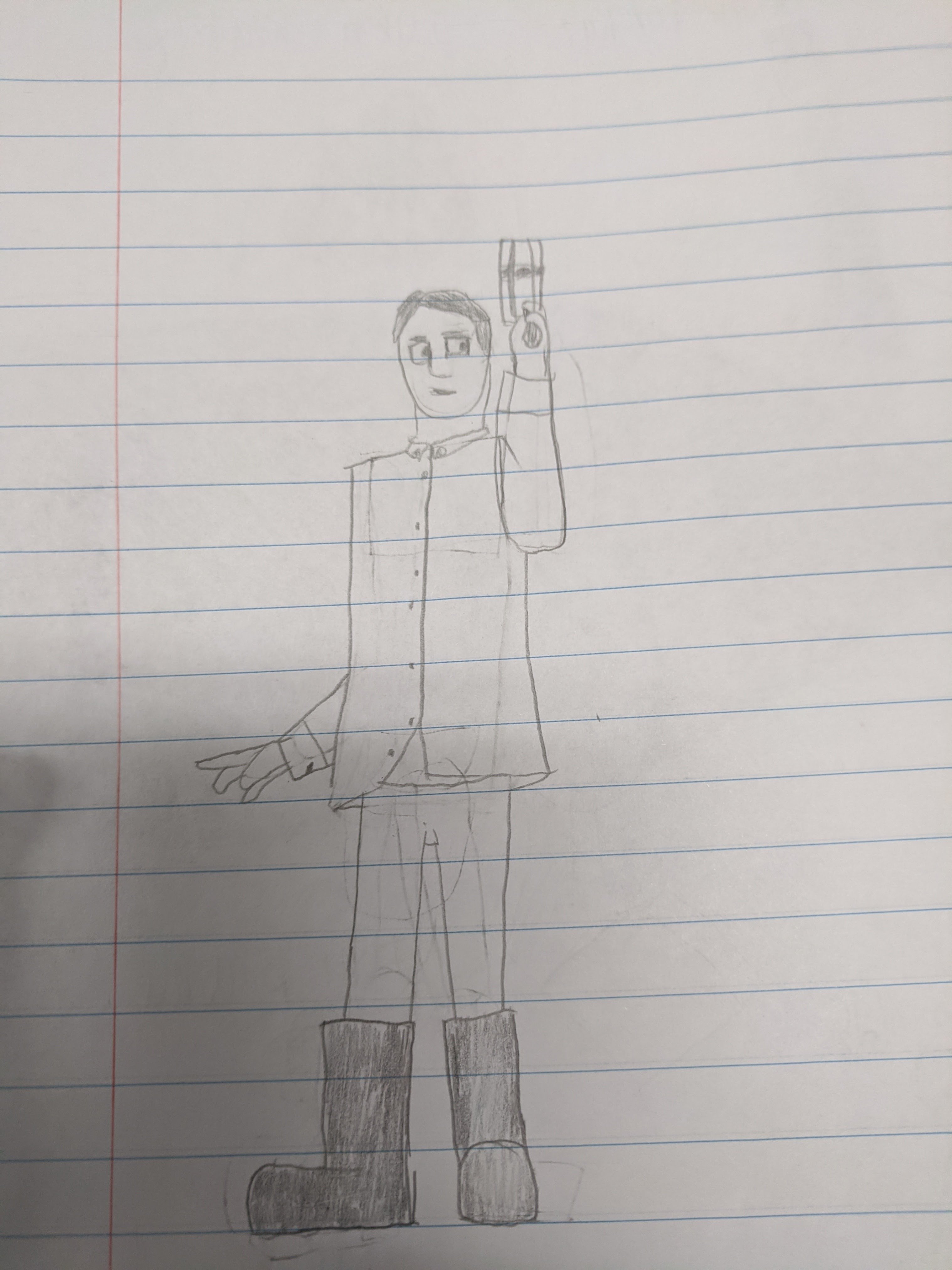Laughs in pliers wrench
7/16" - 10ct = 10mm
10mm is also .40’.
…Which I know because 10mm auto is the parent cartridge of .40S&W, which was just cut down to be shorter, but still uses the same projectiles.
I expect you mean .40 inches but you have abbreviated .40 feet which is more like 61/500m
Any aerospace mechanics have any comments on this matter?
Certified aircraft repairman here: That’s not an aviation bolt, so the correct tool to turn it is a pair of vice grips and a hammer.
I’m not an aerospace mechanic, but I do have some insight.
The formula in the image is incorrect. It depicts 7/16" - 10 cents = 10 mm, not plus. Notice that 7/16" indicates the gap in the wrench, and the dime makes that gap smaller.
Now that that is out of the way, it seems that a dime is 1.35 mm (I love that American currency is specified in metric). So, 7/16" - 10 cents = 9.7625 mm. So, pretty damn close to 10 mm.
Wait… 20h old and nobody picked up un the fact that the thing on the picture is actually screw and you’d need a screwdriver for that?
It has a hex shape, you can use both.
I would say the Philips is for driving in, for speed of assembly, the hex is for when it’s seized and needs force to remove.
Physics is also important. Coins are usually made of softer metal so a wrench can crush it if a bolt is too tight.
I don’t know… I’ve tried to drill holes in quarters when I couldn’t find a washer. Canadian quarters are as hard as woodpecker lips.
“Woodpecker lips” that is probably the most cursed way to refer to a beak that I’ve ever seen
You won’t like this then.
No one going to mention that it’s a Philips head screw as well? So not only could they have used a metric wrench but also a screwdriver.
Maths is important to get what the frick a 7/16 inch unit is supposed to be and how to calculate just about anything with it.






